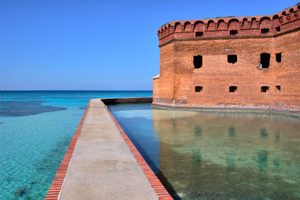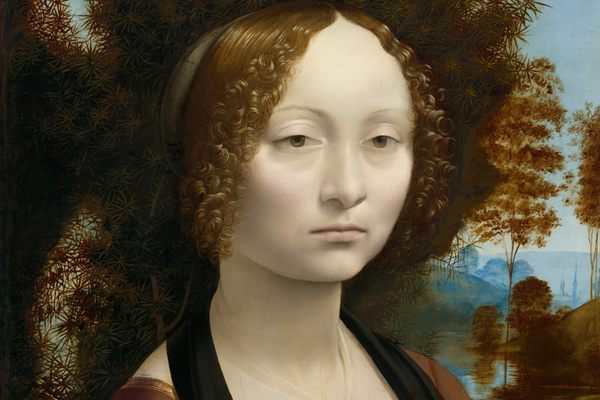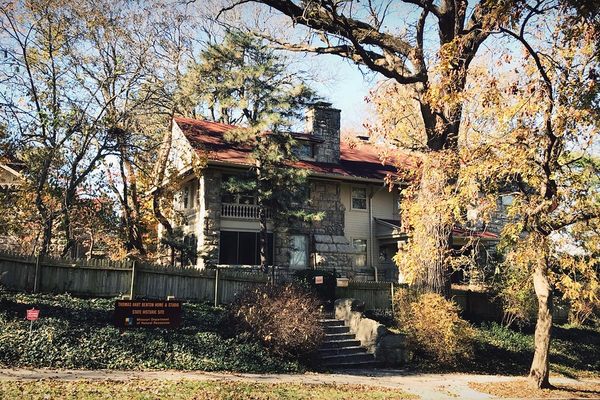About
The huge El Meson De Pepe’s restaurant is lined with posters, pictures, souvenirs, maps, flags, toys, and all kinds of mementos of Cuban life (including a replica hydroplane that flew from Key West to Cuba in 1913). These large-scale reproductions of Mario Sanchez’s colorful pictures and murals feel like a walk around a small movie set, and also lead you down an imaginary “street” of past decades.
Hoping to invoke the sights, sounds, and smells of old Cuban Key West (Cayo Hueso), you will see a cigar factory, a sightseeing bus, stores, a boxing gym, cafés, and street scenes that were all originally created as woodcarvings by the noted folk artist.
Highlights include the Pee-Roo-Lee Man, the candy vendor who would summon kids with a sharp whistle to buy the delicious cone treats he carried on a stick, and, based on real people, the mustached police chief Bienvenido Perez running after chicken thief Kitty Grey, who is dreaming of arroz con pollo for dinner.
There’s also a group of cigar-smoking men playing dominos and a lifesize photorealistic representation of an elderly Sanchez at his cluttered work table. He worked mainly in cedar and white pine, sketching scenes first onto a paper bag, then transferring the scenes via carbon paper to canvas.
He would then whittle the wood down, leaving the sketch behind, and painted the result (often using house paint), and sometimes adding things he had to hand, like Elmer’s glue or cat litter, for effect.
Born in Key West in 1908, Sanchez created hundreds of intricately-painted wood carvings in his lifetime, and his bas-reliefs or intaglios brought to life the world of Gato Village, the Cuban-American area where he spent most of his life.
The grandson of cigar makers who came from Cuba in the 1860s, he began carving wood and selling his creations at a young age, and later his mother-in-law encouraged him to recreate more elaborate designs that evoked his childhood days.
Sanchez’s work, including a representation of the day the first Flagler train arrived, can be found at the nearby Key West Museum of Art & History and across the island, yet in his lifetime he was shy and dismissive of his work: “Se que mi modesto arte no es bueno, pero gusta” – “I know my modest art isn’t good, but it pleases.”
Related Tags
Know Before You Go
Community Contributors
Added By
Published
June 23, 2023








































